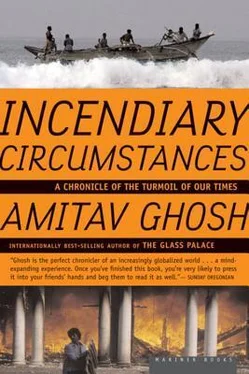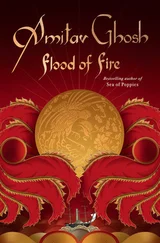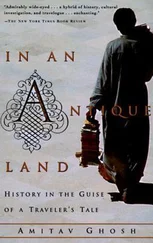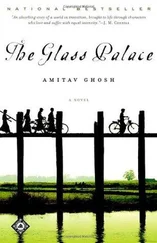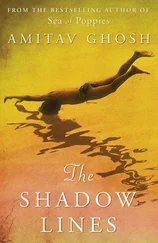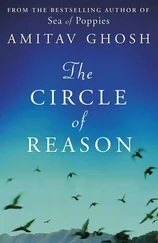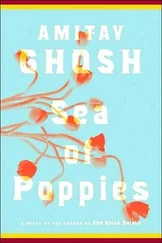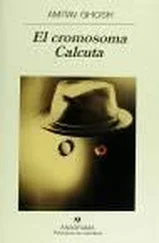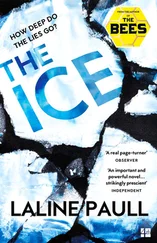The books that were prominently displayed were an oddly disparate lot — or so they seem today. Some of those titles can still be seen on bookshelves everywhere: Joyce, Faulkner, and so on. But many others have long since been forgotten: Marie Corelli and Grazia Deledda, for instance, names that are so little known today, even in Italy, that they have become a kind of secret incantation for me, a password that allows entry into the brotherhood of remembered bookcases. Knut Hamsun too was once a part of this incantation, but unlike the others his reputation has since had an immense revival — and with good reason.
Other names from those shelves have become, in this age of resurgent capitalism, symbols of a certain kind of embarrassment or unease — the social realists, for example. But on my uncle's shelves they stood tall and proud, Russians and Americans alike: Maxim Gorky, Mikhail Sholokhov, John Steinbeck, Upton Sinclair. There were many others too whose places next to each other seem hard to account for at first glance: Sienkiewicz (of Quo Vadis? ), Maurice Maeterlinck, Bergson. Recently, looking through the mildewed remnants of those shelves, I came upon what must have been the last addition to that collection. It was Ivo Andrić's Bridge on the Drina, published in the sixties.
For a long time I was at a loss to account for my uncle's odd assortment of books. I knew their eclecticism couldn't really be ascribed to personal idiosyncrasies of taste. My uncle was a keen reader, but he was not, I suspect, the kind of person who allows his own taste to steer him through libraries and bookshops. On the contrary, he was a reader of the kind whose taste is guided largely by prevalent opinion. This uncle, I might add, was a writer himself, in a modest way. He wrote plays in an epic vein with characters borrowed from the Sanskrit classics. He never left India and indeed rarely ventured out of his home state of West Bengal.
The principles that guided my uncle's taste would have been much clearer to me had I ever had an interest in trivia. To the quiz show adept, the link between Grazia Deledda, Gorky, Hamsun, Sholokhov, Sienkiewicz, and Andrić will be clear at once: it is the Nobel Prize for literature.
Writing about the Calcutta of the twenties and thirties, Nirad Chaudhuri says:
To be up to date about literary fashions was a greater craze among us than to be up to date in clothes is with society women, and this desire became keener with the introduction of the Nobel Prize for literature. Not to be able to show at least one book of a Nobel Laureate was regarded almost as being illiterate.
But of course the Nobel Prize was itself both symptom and catalyst of a wider condition: the emergence of a notion of a universal "literature," a form of artistic expression that embodies differences in place and culture, emotion and aspiration, but in such a way as to render them communicable. This idea may well have had its birth in Europe, but I suspect it met with a much more enthusiastic reception outside. I spent a couple of years studying in England in the late seventies and early eighties. I don't remember ever having come across a bookshelf like my uncle's: one that had been largely formed by this vision of literature, by a deliberate search for books from a wide array of other countries.
I have, however, come across many such elsewhere, most memorably in Burma in the house of the late Mya Than Tint, one of the most important Burmese writers of the twentieth century.
Mya Than Tint was an amazing man. He spent more than a decade as a political prisoner. For part of that time he was incarcerated in the British-founded penal colony of Cocos Island, an infamous outcrop of rock where prisoners had to forage to survive. On his release he began to publish sketches and stories that won him a wide readership and great popular esteem in Burma. These wonderfully warm and vivid pieces have recently been translated and published under the title Tales of Everyday People.
I met Mya Than Tint in 1995, at his home in Rangoon. The first thing he said to me was, "I've seen your name somewhere." I was taken aback. Such is the ferocity of Burma's censorship regime that it seemed hardly possible that he could have come across my books or articles in Rangoon. "Wait a minute," Mya Than Tint said. He went to his study, fetched a tattered old copy of Granta, and pointed to my name on the contents page.
"Where did you get it?" I asked, open-mouthed. He explained, smiling, that he had kept his library going by befriending the rag pickers and paper traders who picked through the rubbish discarded by diplomats.
Looking through Mya Than Tint's bookshelves, I soon discovered that this determined refusal to be beaten into parochialism had its genesis in a bookcase that was startlingly similar to my uncle's. Knut Hamsun, Maxim Gorky, Sholokhov — all those once familiar names came echoing back to me from Calcutta as we sat talking in that bright, cool room in Rangoon.
I also once had occasion to meet the Indonesian novelist Pra-moedya Ananta Toer, another writer of astonishing fortitude and courage. Of the same generation as Mya Than Tint, Pramoedya has lived through similar experiences of imprisonment and persecution. Unlike Mya Than Tint, he works in a language that has only recently become a vehicle of literary expression, Bahasa Indonesia. Pramoedya is thus widely thought of as the founding figure in a national literary tradition.
At some point I asked what his principal literary influences were. I do not know what I had expected to hear, but it was not the answer I got. I should not have been surprised, however; the names were familiar ones — Maxim Gorky and John Steinbeck.
Over the past few years, the world has caught up with Mya Than Tint and Pramoedya Ananta Toer. Today the habits of reading that they and others like them pioneered are mandatory among readers everywhere. Wherever I go today, the names that I see on serious bookshelves are always the same, no matter the script in which they are spelled: García Márquez, Vargas Llosa, Nadine Gordimer, Michael Ondaatje, Marguerite Yourcenar, Günter Grass, Salman Rushdie. That this is ever more true is self-evident: literary currents are now instantly transmitted around the world and instantly absorbed, like everything else. To mention this is to cite a jaded commonplace.
But the truth is that fiction has been thoroughly international for more than a century. In India, Burma, Egypt, Indonesia, and elsewhere this has long been obvious. Yet curiously, this truth has nowhere been more stoutly denied than in those places where the novel has its deepest roots; indeed, it could be said that this denial is the condition that made the novel possible.
The novel as a form was vigorously international from the start; we know that Spanish, English, French, and Russian novelists have read each other's work avidly since the eighteenth century. And yet the paradox of the novel as a form is that it is founded upon a myth of parochialism, in the exact sense of a parish — a place named and charted, a definite location. A novel, in other words, must always be set somewhere: it must have its setting, and within the evolution of the narrative this setting must, classically, play a part almost as important as those of the characters themselves. Location is thus intrinsic to a novel; we are at a loss to imagine its absence, no matter whether that place be Mrs. Gaskell's Cranford or Joyce's Dublin. A poem can create its setting and atmosphere out of verbal texture alone; not so a novel.
We carry these assumptions with us in much the same way that we assume the presence of actors and lights in a play. They are both so commonplace and so deeply rooted that they preempt us from reflecting on how very strange they actually are. Consider that the conceptions of location that made the novel possible came into being at exactly the time when the world was beginning to experience the greatest dislocation it has ever known. When we read Middlemarch or Madame Bovary, we have not the faintest inkling that the lives depicted in them are made possible by global empires (consider the contrast with that seminal work of Portuguese literature, Camões's Lusiads). Consider that when we read Hawthorne, we have to look very carefully between the lines to see that the New England ports he writes about are sustained by a far-flung network of trade. Consider that nowhere are the literary conventions of location more powerful than in the literature of the United States, itself the product of several epic dislocations.
Читать дальше
